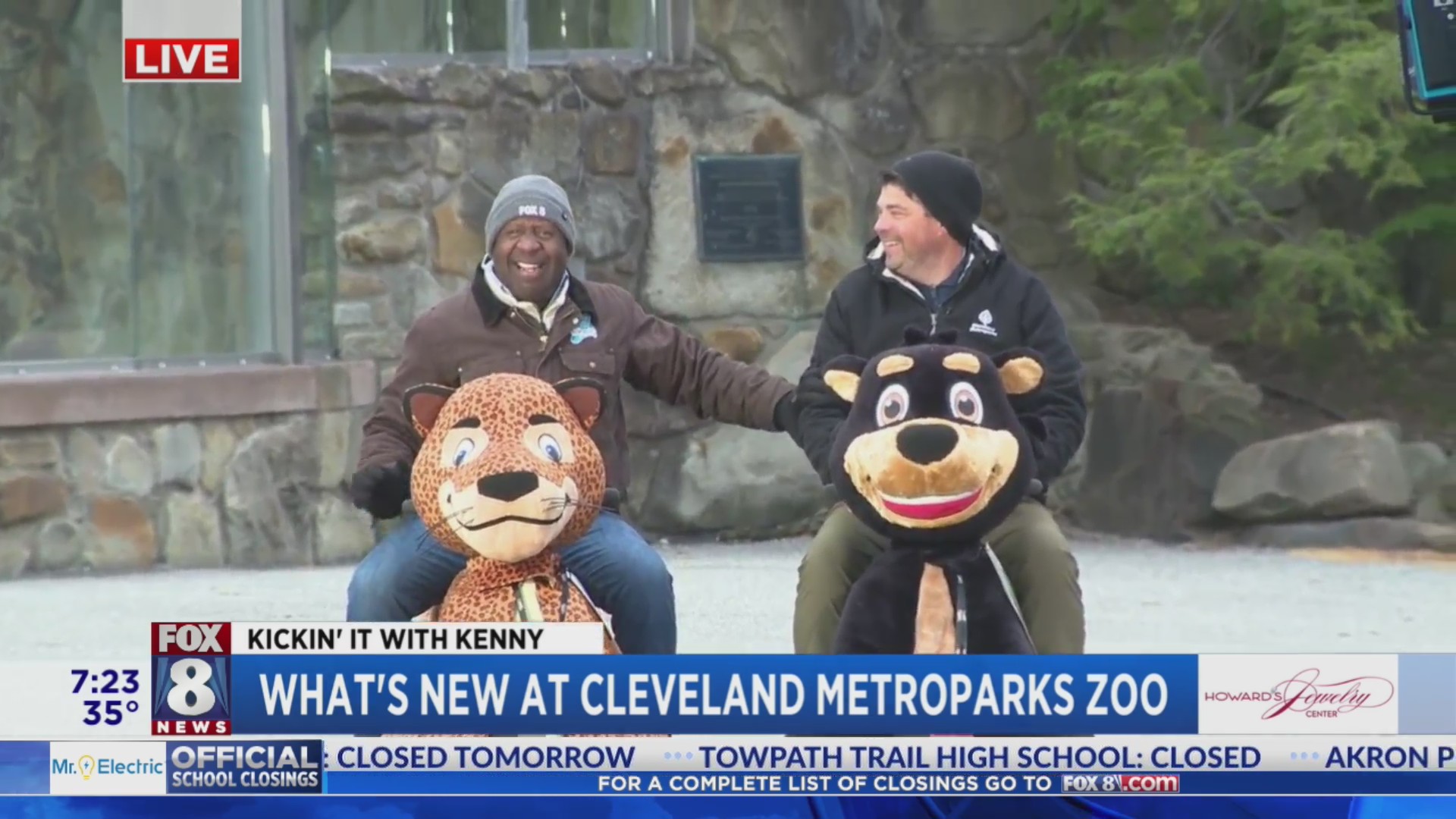Nairobi — Standing in the pop-out of a Land Rover just a few yards from Fatu and Najin, the last two northern white rhinos in the world, at Ol Pejeta in central Kenya, was one of the most powerful experiences I\’ve ever had.
The last two massive members of this subspecies live under armed guard 24 hours a day in a 700-acre enclosure here. Ol Pejeta is the largest rhino sanctuary in East Africa.
In an era when purpose-driven, transformative experiences are the ultimate travel luxury, a visit to Africa should be at the top of any traveler\’s list.
Americans are often inspired by African wildlife: there was outrage two years ago when Cecil the lion was shot by a hunter in Zimbabwe; the Trump administration took heat last year when it said it would overturn a ban on the sale of elephant trophy imports from Africa; and in March, when the last male northern white rhino, Sudan, died here at the Ol Pejeta Conservancy, the severity of rhino poaching got international attention.
For those who really want to help save African wildlife, I offer the same advice that Elodie Sampere, Ol Pejeta\’s head of conservation marketing, gave to the group of journalists I was traveling with: \”The best way to help is to visit, not donate.\”
One of the most exciting parts of being here is seeing what the locals are doing to help conserve and protect the continent\’s iconic species. Donating to causes from afar helps, but spending money in person shows the local communities that the animals are more valuable alive than dead. And in a selfie-driven era, visitors spread the word far more effectively about the importance of saving these delicate ecosystems.
Beyond that, experiences here can be life-changing, as mine were at Ol Pejeta. More than 85,000 visitors come here annually, taking game drives through Ol Pejeta\’s plains, where I encountered elephants, lions and chimpanzees. The high amount of rainfall in this region compared with other parts of Africa means more vegetation, and Kenya\’s highest density of wildlife outside of the Maasai Mara. The reserve uses advanced fencing techniques to facilitate the movement of wildlife while, as much as possible, keeping poachers out.
Visitors can either stay at a number of lodges on the conservancy or nearby, as we did, at the Fairmont Mount Kenya. Tour operators like Intrepid Travel offer trips that focus on visiting the last two northern white rhinos and donate part of their profits to protecting them.
Guests at the Fairmont Mount Kenya don\’t even have to leave the property to get a taste of animal conservancy. The resort\’s founder, 1950s film star William Holden, was a hunter turned conservationist who also founded the onsite Mount Kenya Wildlife Conservancy, which raises and rehabilitates orphaned and injured wildlife with the goal of releasing them back into the wild.
You can get far more up close and personal with cheetahs at the conservancy\’s orphanage than you would in the wild. And cyclists setting off from the resort through the conservancy can see the rare white zebras, which are being bred and hopefully released back to the wild, as well as the mountain bongo, one of the most endangered animals in the world.
Source: Travel Weekly, Full Article

